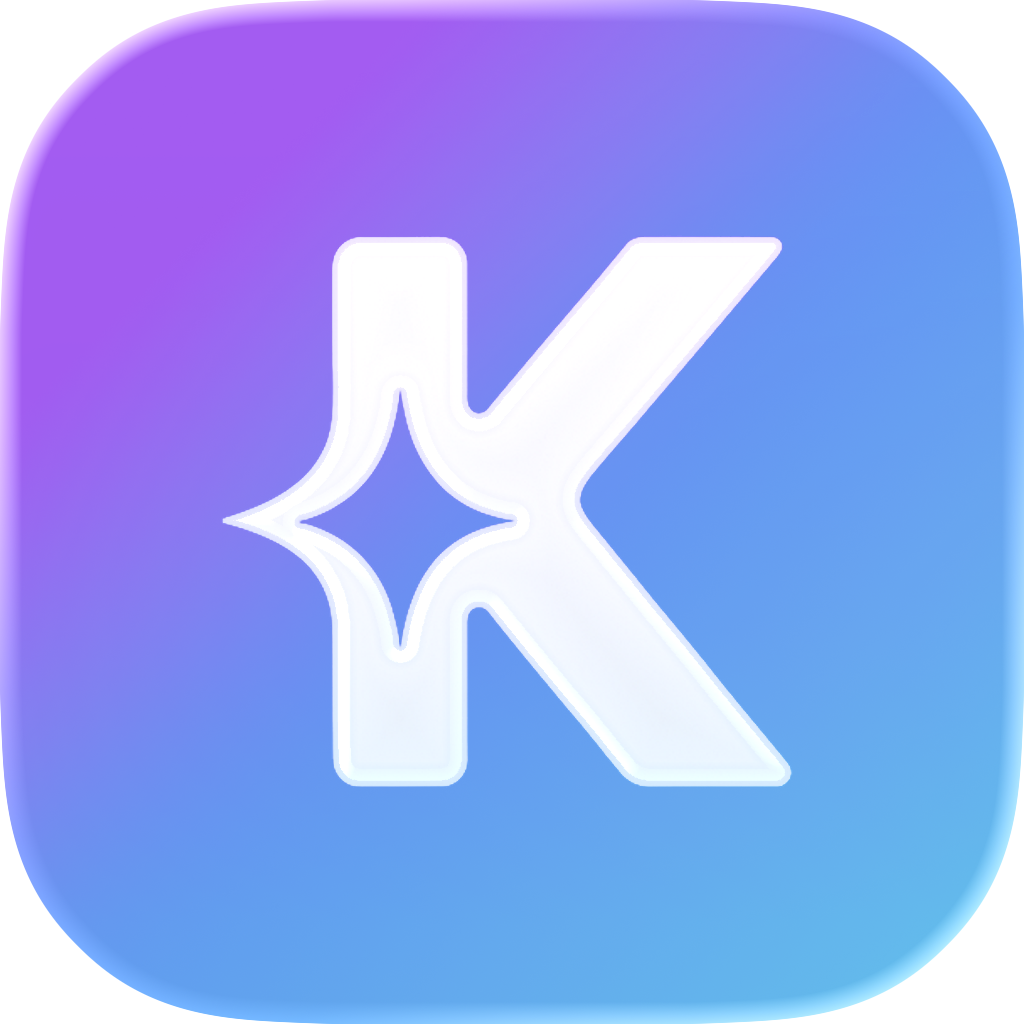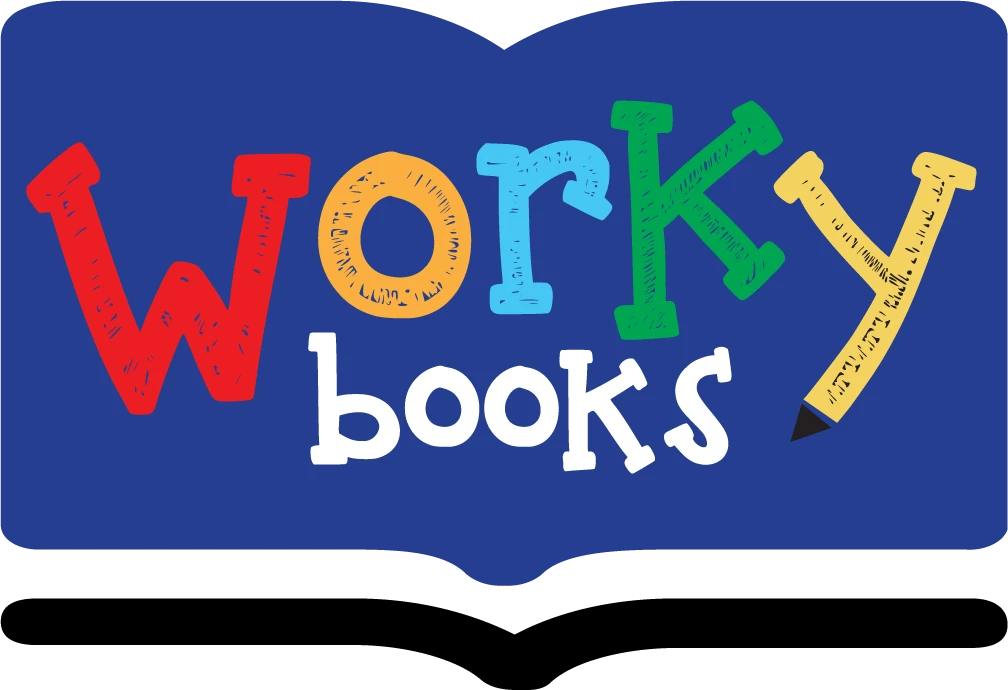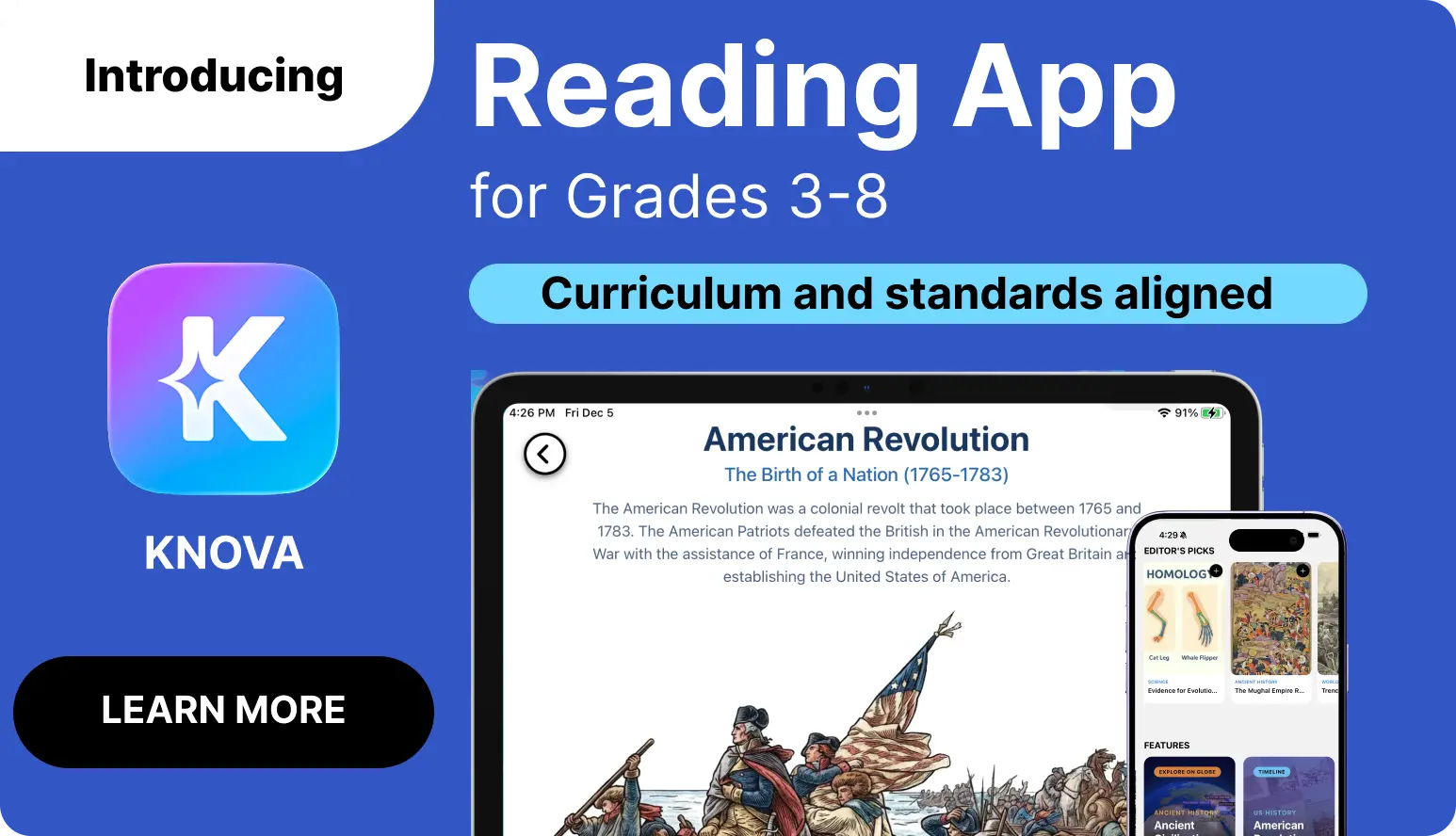Common Core Standards List
Language
Reading: Foundational Skills
CCSS.ELA-Literacy.RF.K.2
Demonstrate understanding of spoken words, syllables, and sounds (phonemes).
Reading: Informational Text
CCSS.ELA-Literacy.RI.K.10
Actively engage in group reading activities with purpose and understanding.
Reading: Literature
CCSS.ELA-Literacy.RL.K.10
Actively engage in group reading activities with purpose and understanding.



